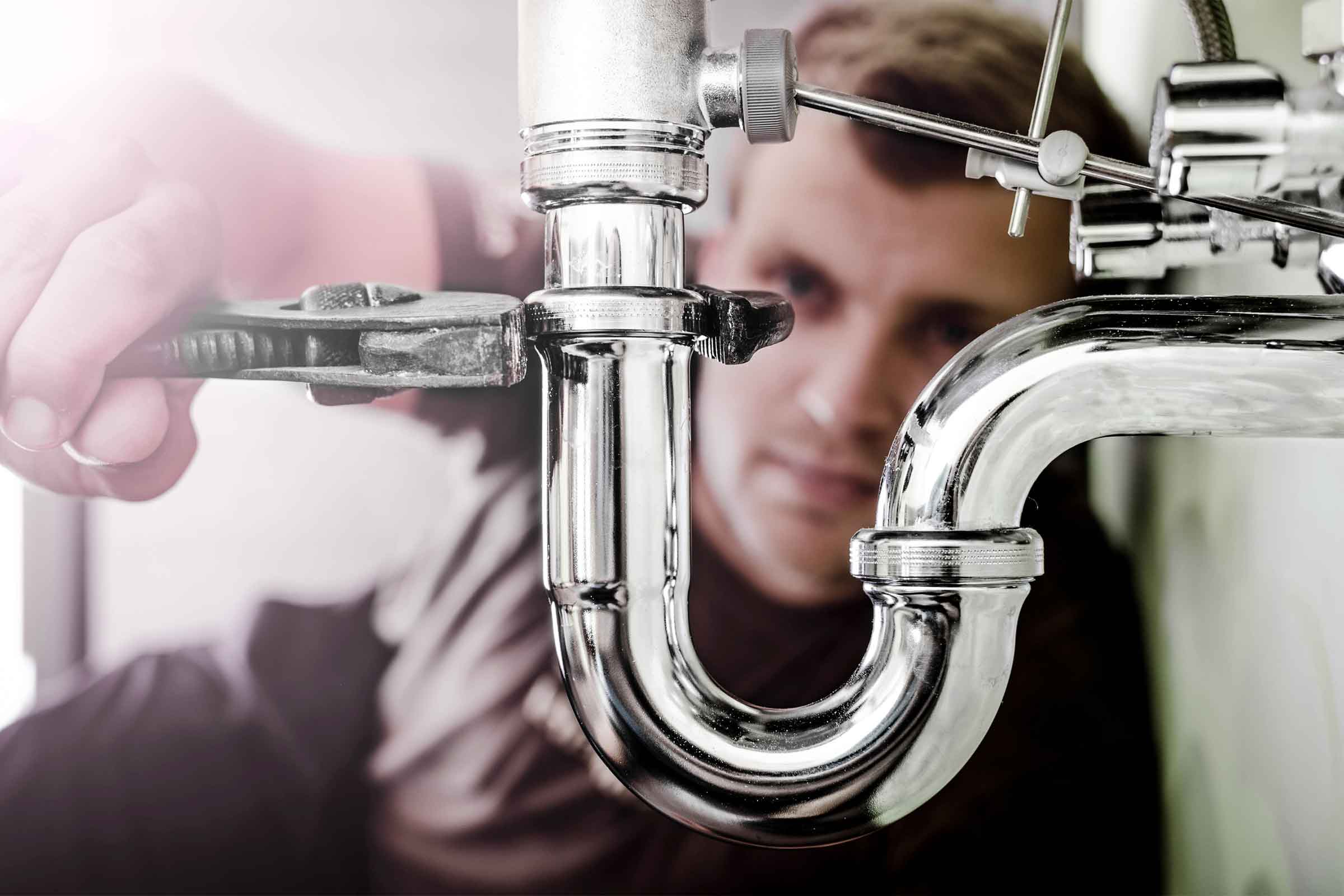When it comes to home maintenance, the plumbing system is often an area which is overlooked until a crisis strikes. From unexpected leaks to burst pipes, many homeowners find themselves scrambling for solutions in moments of urgency. Fortunately, there are hop over to this website of eco-friendly plumbing solutions that can not only save you money but also help conserve our planet's valuable resources. By making educated choices about your plumbing, you can tackle typical challenges while maintaining a commitment to environmental sustainability.
In this article, we will explore different aspects of plumbing that every homeowner should know, including advice for preventing clogged drains and tips on how to maintain your water heater. Whether you're considering a remodel or simply looking to improve your home's efficiency, understanding eco-friendly options can make a significant difference. Discover how the latest plumbing technologies and smart devices can improve your living space, while also protecting the environment. Let's dive into the basics of eco-friendly plumbing that will keep your home operating efficiently and sustainably.
Frequent Pipe Problems and Fixes
Residents often face a range of pipe issues, and understanding these problems can help in solving them properly. A common of the more frequent issues is a leaking tap, which not only wastes water but can also increase your water bill. A simple solution is to replace the washer or O-ring inside the faucet. If the leak remains, you may need to consider replacing the entire faucet.
Another frequent problem is clogged drains, which can arise due to a build-up of grease, strands, or foreign objects. To stop blockages before they start, homeowners should consistently maintain their pipes using a mixture of sodium bicarbonate and white vinegar. If a clog does occur, a suction tool can often resolve the issue. For more stubborn blockages, using a plumbing snake may be needed to remove obstructions.
Finally, constantly flushing toilets can lead to significant water waste and elevated utility costs. This problem is commonly caused by a broken flapper valve, which can be easily replaced. To identify the issue, homeowners can pay attention for the sound of water flowing continuously and inspect the tank parts. Regular maintenance and timely repairs can help prevent these plumbing nuisances and keep your home’s plumbing system in good shape.
Crisis Preparedness and Upkeep
Being initially prepared for pipeline crises can spare you hours, cash, and anxiety. One crucial aspect of preparedness is knowing how to turn off your water in an urgent situation. Locate your primary water shut-off valve and make sure all family members know where it is and how to operate it. Regular upkeep of your pipeline system, such as checking for leaks and ensuring proper water flow, can also help prevent crises from arising in the beginning.

In addition to understanding how to shut off the liquid, it's important to have a plan for dealing with common pipeline issues. For instance, being aware of what to do when your pipes burst can reduce damage to your home. Keep essential tools, such as a plunger and pipe wrench, on hand, and think about creating a small crisis kit that includes rags, a container, and instant repair tape. This kit can provide immediate solutions until a professional can resolve the issue.
Finally, regular pipeline inspections can catch potential problems before they become serious into crises. Homeowners should arrange regular evaluations to make sure their plumbing systems are functioning efficiently. Inspections can uncover hidden leaks, signs of corrosion, or other issues that may not be directly visible. Staying proactive about maintenance not only prevents emergency scenarios but can also save homeowners cash in the long run.
Upgrading and Eco-Friendly Options
In the process of evaluating upgrades for your plumbing system, sustainable alternatives can considerably reduce water usage while cutting you money on water bills. A well-liked choice is the installation of low-flow devices, such as tap fittings and showerheads, which maintain performance while using fewer water. Such installations are designed to mix the water, giving you the feeling of a strong flow with substantially lower water consumption. By making this easy upgrade, homeowners can decrease their water footprint and contribute to conservation efforts.
Another innovative eco-friendly option is the transition to tankless water heaters. In contrast to traditional units that continuously heat the water, tankless models only heat it on demand, leading to substantial energy savings. While the initial cost may be higher, the long-term benefits include reduced energy bills and a longer lifespan, making them a wise choice for eco-aware homeowners. Additionally, these heaters provide an unlimited supply of hot water, improving comfort without ecological compromise.
In conclusion, homeowners should weigh the benefits of using PEX piping instead of traditional copper pipes. PEX is not only more affordable and simpler to install, but it is also far resistant to rust and scaling, which can impact water quality and flow rate. Its bendable nature allows for less joints and fittings, which can reduce leak points and waste. By choosing PEX, homeowners can boost their plumbing efficiency and significantly reduce their environmental impact, all while enjoying long-lasting performance.
